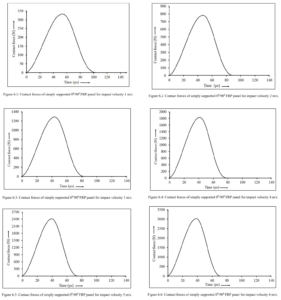Project 1: Investigations on Prototype Development for Laser-based Large Area Cleaning of Biofouling from Ship hulls.
PI: Prof. I.A.Palani
Biofouling is the growth of algae, mussels, and other marine organisms on the hull of a ship.
The fouling increases the flow resistance of the ship – and thus increases fuel consumption and CO2 emissions. Mechanical cleaning of the fouling can damage the hull coating. In addition, the fouling must be extracted if organisms or even
parts of the ship’s coating are not to get into the water. Therefore, an environmentally friendly and efficient solution to the problem of biofouling is necessary. Hence, laser-based cleaning is an alternative effective approach to cleaning the microorganisms on ship hulls. The eco-friendly cleaning with Laser radiation can be used to lethally damage marine fouling underwater without damaging the underlying coating of the ship’s hull.

The laser is a unique source of light, providing energy in the form of a very intense, monochromatic, and well-collimated beam. When a laser beam interacts with a surface, part of the energy is reflected, and the remainder is absorbed. The fraction of energy absorbed depends on the wavelength of the laser radiation and the physical and chemical properties of the surface. A laser beam cannot affect a surface unless it is at least partially absorbed. Therefore, cleaning of algae or micro-organisms depends on their absorption wavelength of laser. We have to tune the laser wavelength based on the absorption range of algae growth. Generally, Algae have different photosynthetic pigments that allow them to absorb light of different wavelengths. Among them, green algae have two absorption ranges, 400–500 nm and 650–680 nm. Where the chlorophylls and carotenoids in green algae cause this absorption. Hence, we have investigated the effect of visible and IR wavelengths of laser radiation on algae surfaces
Project 2: Impact Induced Failure of stiffened curved FRP ship panels under hygrothermal environments at IITI
The project develops a computer

code to simulate impact forces on FRP ship hulls and the load carrying capacities before failure. The moderately thin hull panels can get impacted by water borne
debris which can initiate latent damages within the composite. Unlike metals, cracks in composites are not possible to
detect from the surfaces. The load carrying capacity can get compromised due to the initial stresses caused by the hygrothermal gradient. The
computer code simulates the damage initiation and crack propagation within composite hulls under low velocity impact and hygrothermal stresses. The necessary steps to improvement the failure performances will also recommend.
